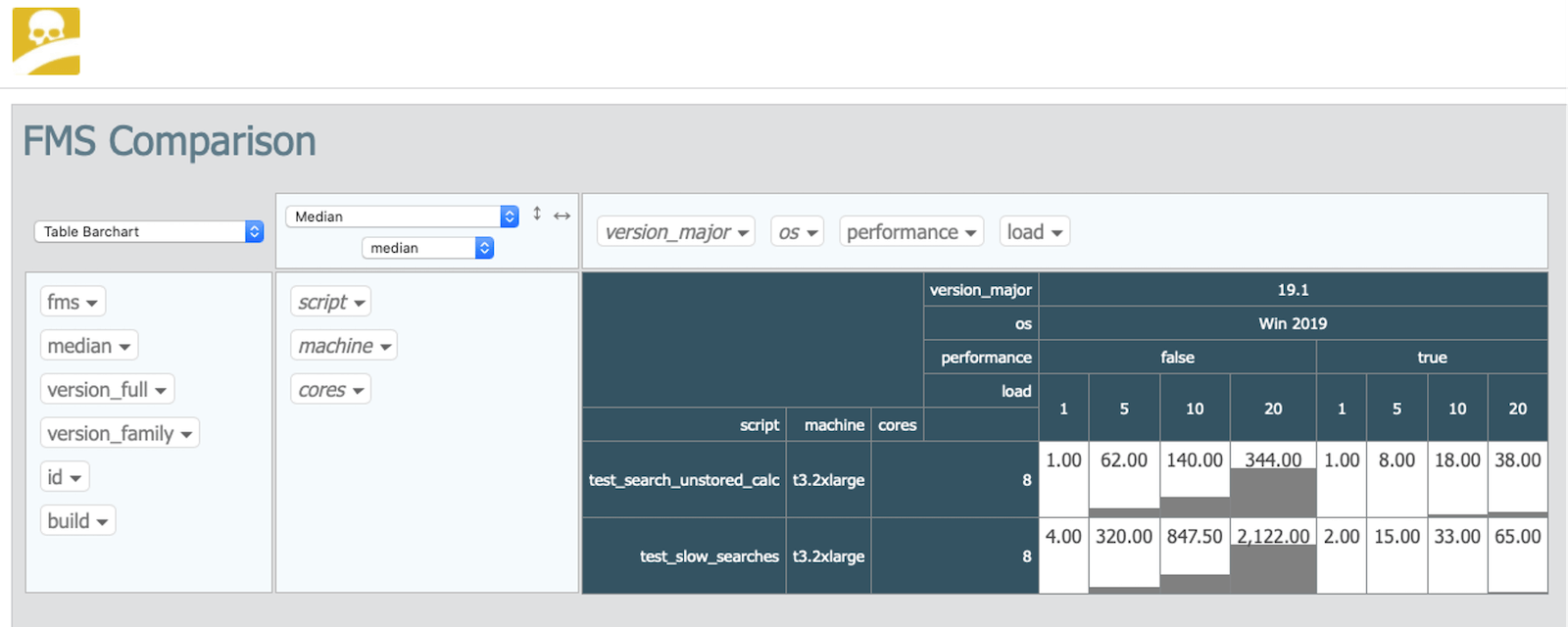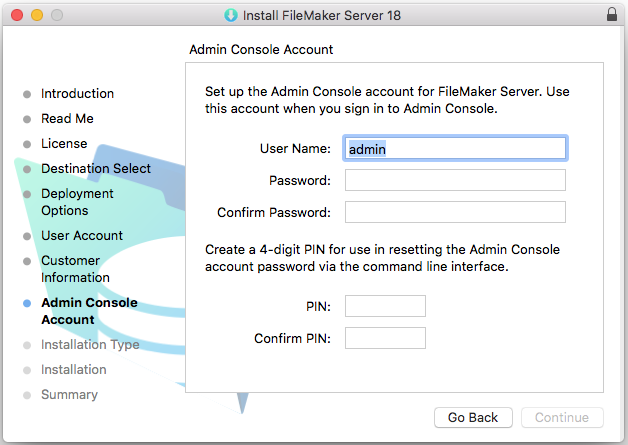

Dialogs typically ask users to make a choice, and unexpected things could happen if they just closed the window without choosing something.

I am actually in the middle of implementing your original 2018 version, so your timing to revisit is great :)Īllowing the escape key to close card windows is a good tip, but if the idea is to replace FM's dialogs, I would argue that it's rarely a good idea to allow users to "escape" if you're prompting them for a response unless there's a specific "cancel" action associated with it. I always learn something from your videos. If you enjoy using powerful and efficient methods of enforcing that "locked-in" process, then make sure to check this one out! This video and technique file revisits an early version which was released when Card Windows had just come out. So, in order to gain a bit more control and flexibility, we use our own layouts to provide our own variation of a dialog box.īy using a FileMaker layout, we get to control how it looks and reacts to certain situations. They know what they do and how to react to them. Users have seen dialog boxes and interacted with them. It creates a sense of consistency across the whole notion of software itself. Aside from that, the dialog box is pretty fixed in terms of how it looks and what it does.Īctually, the limitations on a dialog box are a good thing. The number one limitation is the lack of control with regards to size and positioning. While FileMaker Pro does have its own native dialog box, there are some limitations to the native Show Custom Dialog script step.

Your software then uses that input to determine the output or direction. It's the one roadblock you can stick in front of a user and expect input. This process most typically happens within the form of a dialog box. Causing a user to make an explicit choice within your software really only happens from some sort of "locked-in" process.


 0 kommentar(er)
0 kommentar(er)
